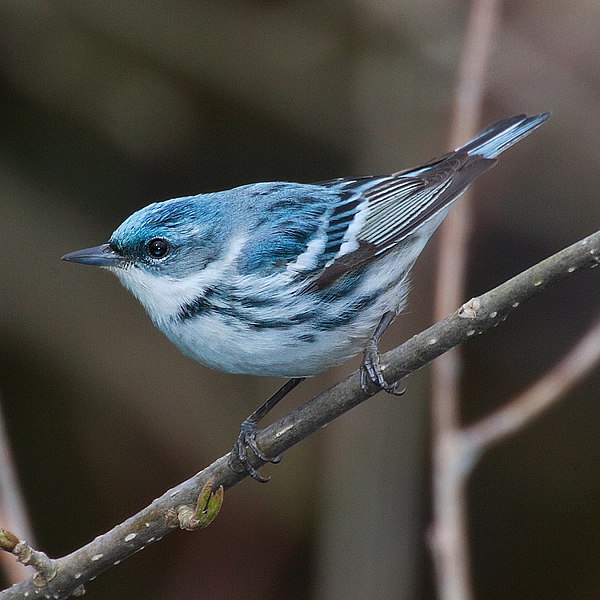So I just returned from a trip to lovely San Antonio Texas. I visited 3 sites dedicated to birding. I've already written about the good work being done at the Botanical Gardens. So I want to focus on 2 other sites. Warbler Woods (
http://warblerwoods.org/) and Mitchell Lakes Audubon Center (
http://mitchelllake.audubon.org/). Both offer an incredible habitat for birds and all sorts of animals. I had a blast exploring the different habitats around San Antonio and could have gone back for more. There were countless sites that I want to go back to and see.
Warbler Woods - This site is incredible. Painted Buntings, Greater Roadrunners, Scissor-Tailed Flycatcher, and Canada Warblers were the biggest highlights of the site. For the followers of my blog, You will note that both Scissor-Tailed Flycatcher and Canada Warbler were 2 of my Goal Birds for the year. It was a marvelous site and one that I hope to return to in the future!
Mitchell Lake Audubon Center - This site has a plethora of habitat and is great for shorebirds. The pictures below are from this site. My highlight of this spot were getting great shots of the Scissor-Tailed Flycatcher, a Spotted Sandpiper, and an American Golden-Plover. This was super awesome for me! A goal Bird, a nemesis bird, and just a beautiful bird! Time spent at Mitchell Lake won't be a waste.
This post is short so I can get back outside. Why don't we all do the same!
Scissor-Tailed Flycatcher
Yellow-Headed Blackbird
Wilson's Phalarope
American Golden-Plover *Goal Bird*
Hudsonian Godwit
2013 Year List: 199 (1 to go)
Life List: 297 (3 to go!)
Eared Grebe LIFER
American White Pelican LIFER
American Golden-Plover LIFER and GOAL BIRD
Hudsonian Godwit LIFER
Western Sandpiper LIFER
Baird's Sandpiper LIFER
Stilt Sandpiper LIFER
Long-billed Dowitcher LIFER
Wilson's Phalarope LIFER
Franklin's Gull LIFER
Black-chinned Hummingbird LIFER
Curve-billed Thrasher LIFER
Yellow-headed Blackbird LIFER
Inca Dove LIFER
Black-bellied Whistling-Duck LIFER
Western Kingbird LIFER
Common Ground-Dove LIFER
Greater Roadrunner LIFER
Common Nighthawk LIFER and ABA Bird of the Year
Scissor-tailed Flycatcher LIFER and GOAL BIRD
Canada Warbler LIFER and GOAL BIRD
Painted Bunting LIFER
Lesser Goldfinch LIFER
Neotropic Cormorant LIFER
Cave Swallow LIFER
White-winged Dove LIFER





























